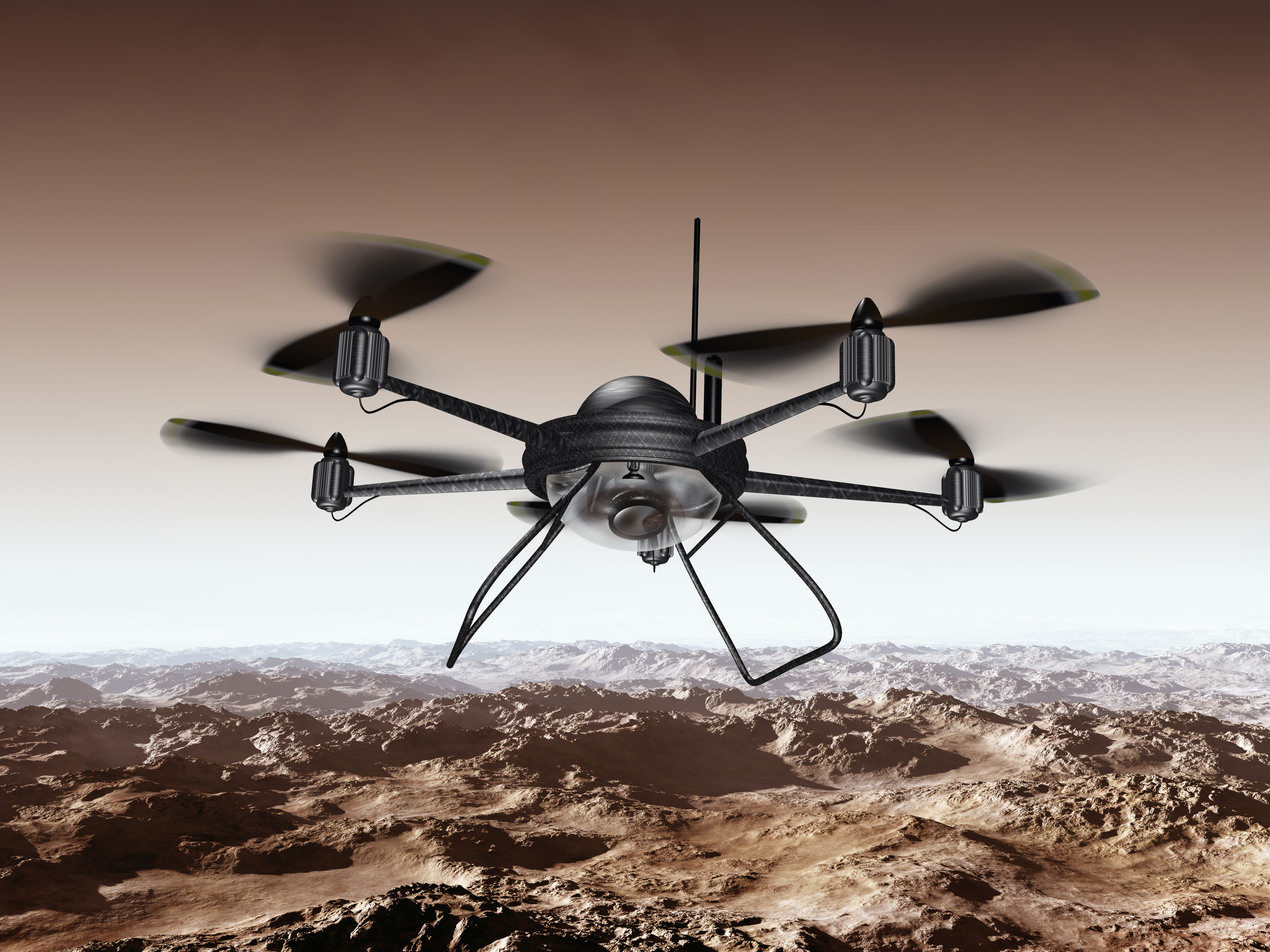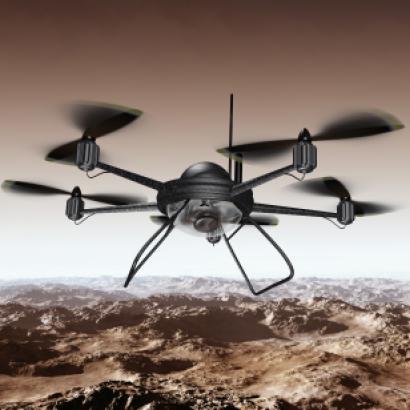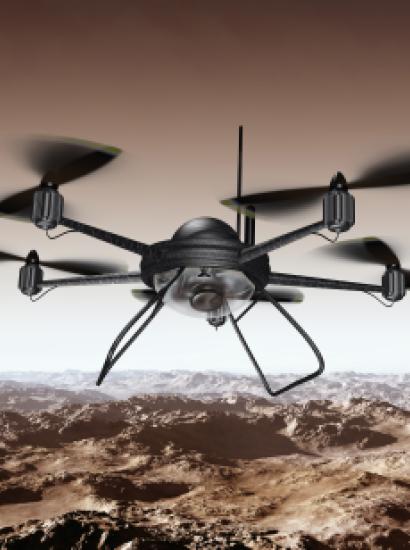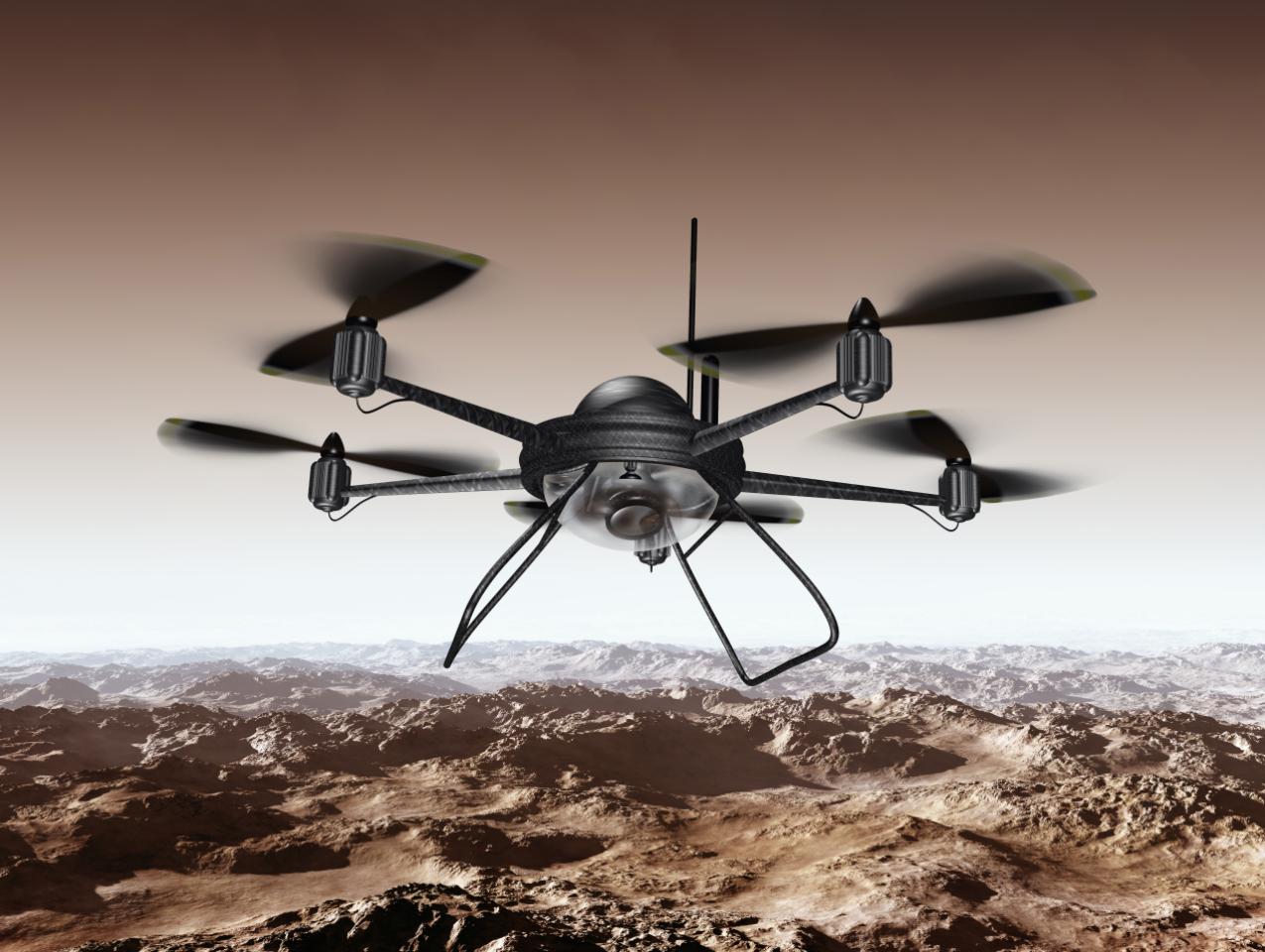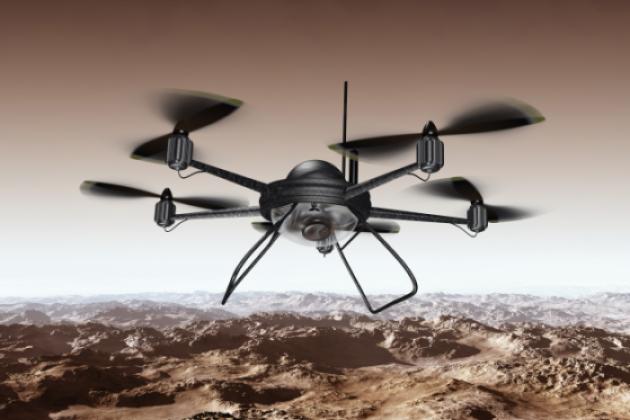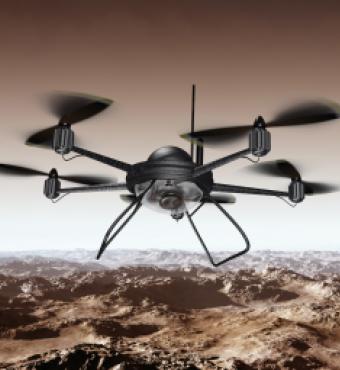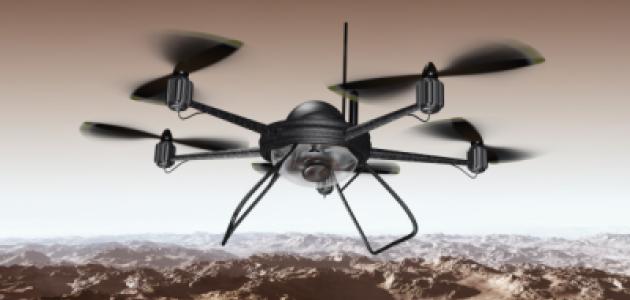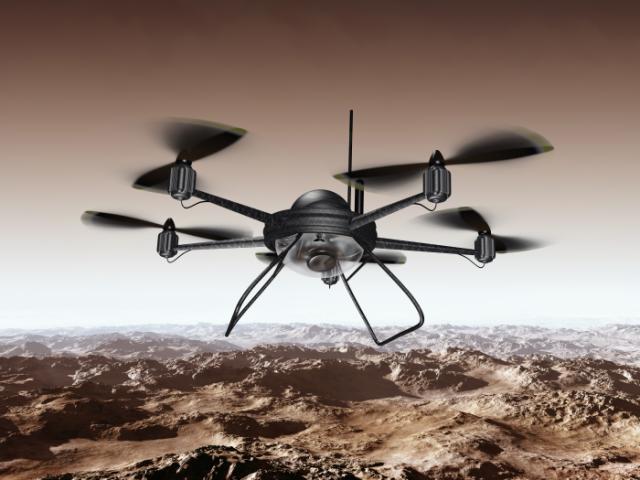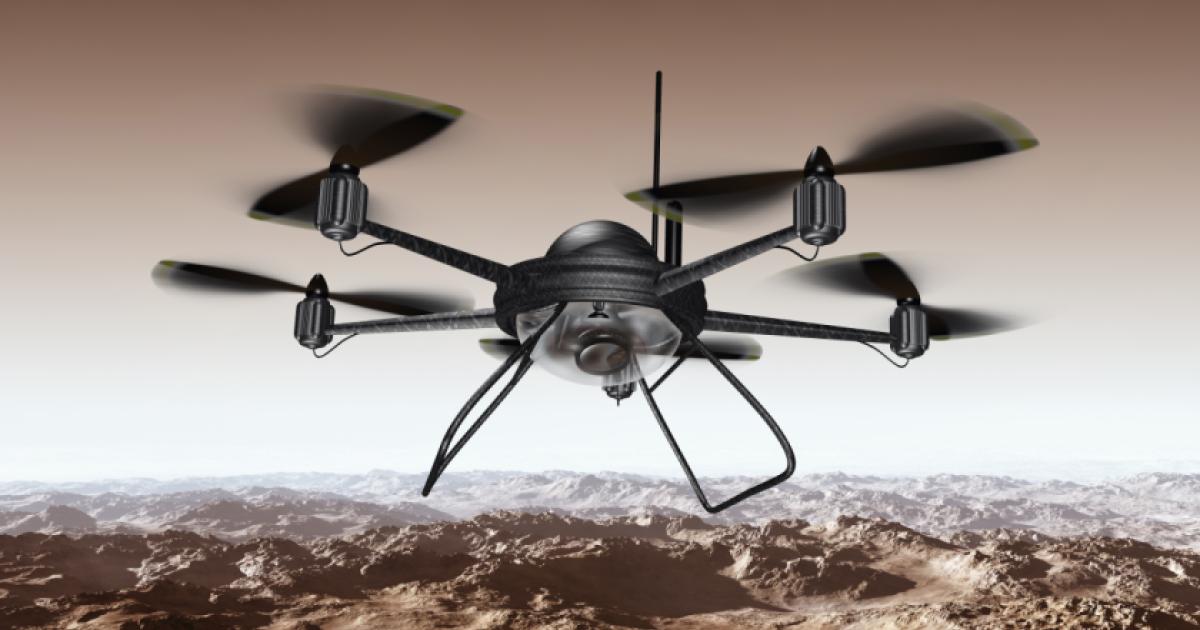The warrior’s endless quest is to be more lethal and more precise and to enhance the probabilities of human survival and victory in war. Technology has always influenced war and war has always influenced technology. From spear to bow, bow to gun, gun to missile, sail to steam; all have changed the way humans deliver violence. Soon after man took to the air, military use of airplanes followed quickly. Drones do not increase precision or lethality; in fact, payloads are well under those of manned vehicles. Superficially, drones may be seen as a small step in the natural evolution of air and naval warfare, but they are more than that.
Throughout history, human endurance has been a weighty consideration in military operations—drones change the equation. The limits of human endurance no longer apply. Removing the human from the vehicle, whether airborne or under the sea, eliminates constraining human physical factors. Drone endurance limitations exist but are far less a factor than those of a human. While few think of underwater drones, their endurance transforms markedly undersea warfare—consider an underwater drone that can remain undetected or even dormant in the battle space for months.
Above all else, removing human risk changes warfare in a fundamental way. Taking the human from the battle space while keeping sensors and lethal force present to kill or hold an enemy at risk is a very unbalanced equation in the drone’s favor. Gone, too, is the need for significant planning, dedicated forces, and the additional risk to combat search and rescue forces always in place for manned combat operations. I have responded to manned and unmanned aircraft losses, the physical and emotional differences are profound. The benign air space of recent wars has not driven this home, but future wars will be different. Knowing a human life is not at risk, above all else, will change the calculus of combat.







